As someone struggling with debt, you know that you need to find a way out. You’ve considered filing for bankruptcy, but you’re not sure if it’s the right option for you. Before you make a decision, take some time to learn more about credit cards.
If your debts stem from credit card use, you’re not alone. Consumer credit has been a major part of American households for generations. Even in the early days of the country, Americans would take out lines of credit with local grocers so they could get food when a harvest wasn’t yet ready.
Despite the simplicity of the old days, credit today has many complications. Interest rates, annual fees and other penalty fees could complicate how much you owe. If you fall behind on payments, your interest rate could rise. You could quickly find yourself in more debt than you ever imagined.
The first credit card had a default rate of around 22 percent. Yes, that means that close to a fourth of Americans didn’t repay their debts. The next round of credit didn’t come with the same mistakes and had a collections department to back it up.
Since then, credit has been a staple in the American economy, helping people buy things they can’t afford outright. Unfortunately, despite a booming economy in the past, the recession in Dec. 2007 struck hard.
People couldn’t pay their bills, and many still struggle to do so today. The economy is improving, but if you’re still struggling, bankruptcy could be an option to help you get back on your feet. It wipes out credit debt or gives you a chance to pay it off, getting you back on track.
Source: The Week, “A brief history of credit cards,” Jessie Wright-Mendoza, Feb. 21, 2018

